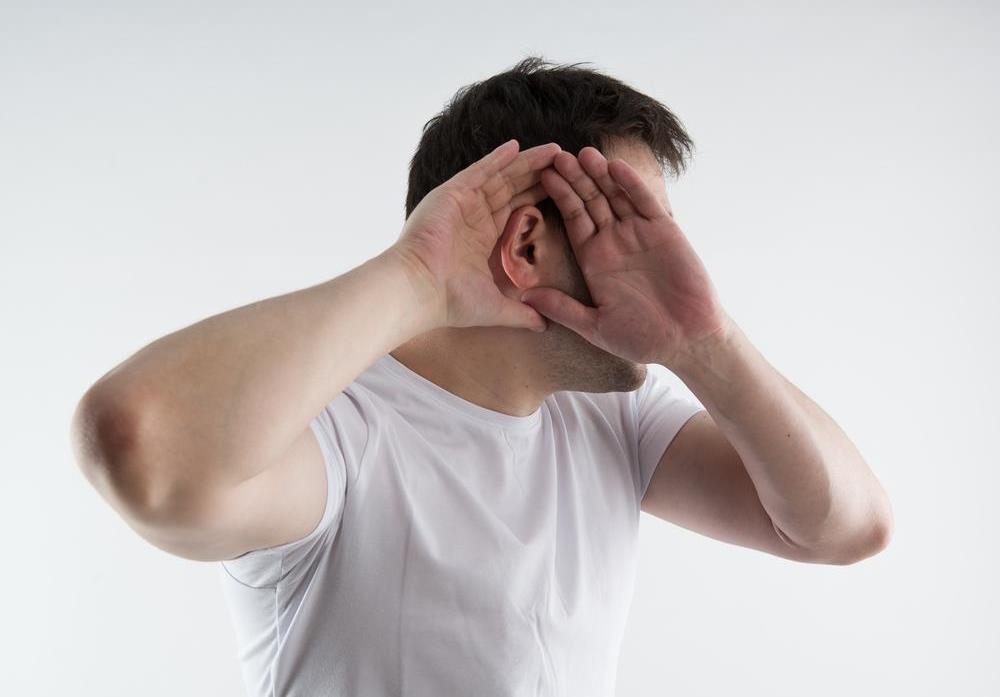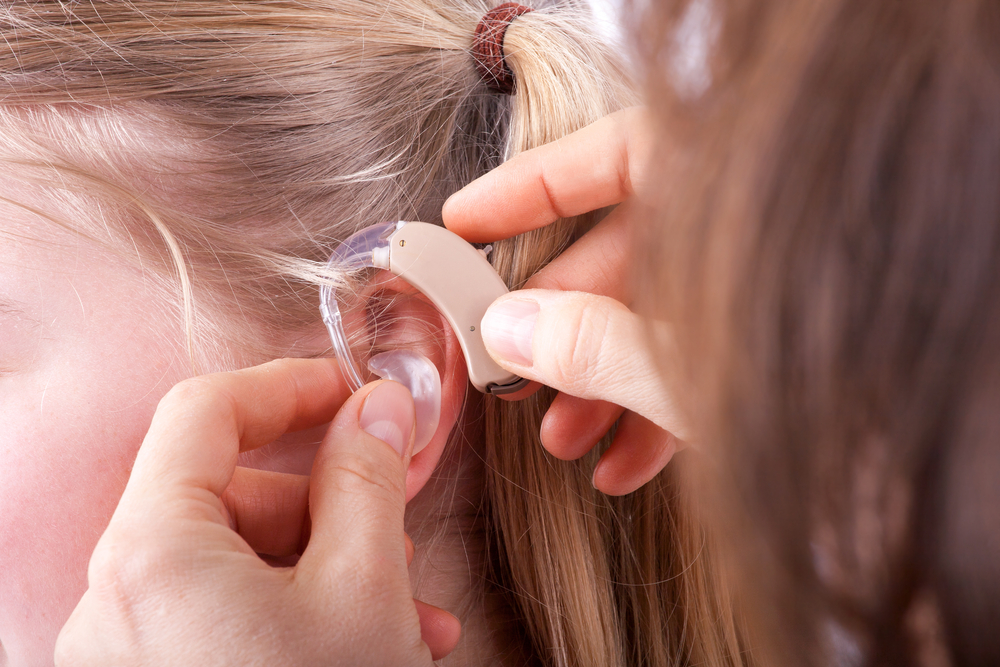Comprehensive Guide to Meniere's Disease: Symptoms, Causes, and Modern Treatment Approaches
This comprehensive guide offers an in-depth understanding of Meniere's disease, including its symptoms, causes, and effective management strategies. It highlights the progression across different stages, risk factors, and modern treatments, emphasizing the importance of early intervention and personalized care to improve patient outcomes and quality of life.

Comprehensive Guide to Meniere's Disease: Symptoms, Causes, and Modern Treatment Approaches
Meniere's disease is a relatively rare disorder affecting the inner ear, characterized by episodes of vertigo, fluctuating hearing loss, tinnitus, and a sensation of fullness in the ear. The condition results from abnormal fluid regulation within the labyrinth, a complex structure responsible for maintaining equilibrium. Although anyone can develop Meniere's, it most commonly impacts adults aged between 30 and 60, making awareness and understanding vital for early management and quality of life improvements.
An Introduction to Meniere's Disease
Patients with Meniere's often report sudden, unpredictable episodes that can last anywhere from two to three hours. These episodes can be so intense that they severely impair daily functions, and in some cases, the symptoms resolve completely within a day or two. The unpredictability of attacks can significantly impact emotional health, leading to anxiety and fear of future episodes. The severity and frequency of symptoms vary widely among individuals, with some experiencing frequent vertigo spells and progressive hearing issues, while others may predominantly suffer from tinnitus or a feeling of pressure in the ear.
Meniere's disease presents a spectrum of symptoms, which can include multiple sensations such as severe vertigo, ringing in the ears, hearing loss, and heightened sensitivity to sound. The variability in symptoms makes diagnosis challenging, especially since early stages can mimic other inner ear conditions. Patients may also experience a combination of symptoms that worsen over time, impacting their overall well-being and daily activities.
Progression and Distinctive Stages of Meniere's Disease
The natural history of Meniere's disease is typically categorized into three stages — each with specific symptoms and clinical features. It is worth noting that not all individuals will experience all stages, and some may even experience symptom remission or stabilization after early episodes.
Early Stage: During this initial phase, vertigo attacks are intermittent and unpredictable. Patients often report episodes where they feel they are spinning or their surroundings are moving, accompanied by gradual hearing loss and tinnitus. Tinnitus may be one of the first noticeable signs, often appearing as ringing or buzzing sounds that become more prominent over time. Hearing loss is usually fluctuating at this stage and might only affect specific frequencies.
Middle Stage: As the disease progresses, symptoms become more persistent and pronounced. Tinnitus tends to become louder and more constant, while vertigo episodes recur with increased frequency and duration. Hearing impairment worsens, often leading to noticeable loss that might be permanent if untreated. Patients may also experience balance issues, dizziness, and a sense of imbalance even outside of attacks. Some individuals report persistent ear fullness and increased sensitivity to everyday sounds, which can significantly hinder social engagement and quality of life.
Advanced Stage: In this final phase, hearing loss becomes largely irreversible, often leading to deafness in the affected ear. Persistent tinnitus may persist despite treatment efforts. Balance problems become chronic, and patients may develop long-term difficulties with coordination and stability, especially in dark or crowded environments. The attacks of vertigo might decrease or cease altogether, but the lingering effects of hearing loss and imbalance often remain, necessitating ongoing management and supportive therapies.
Understanding the Causes of Meniere’s Disease
The precise etiology of Meniere's disease remains elusive, but research suggests a combination of genetic, environmental, and physiological factors contribute to its development. Central to the disorder is an imbalance in the fluid dynamics within the inner ear, specifically in the labyrinth, which contains the cochlear and vestibular systems. Abnormal accumulation or regulation of endolymph fluid in this labyrinth disrupts normal nerve signaling, leading to the classic symptoms of vertigo, tinnitus, and hearing impairment.
Potential triggers and risk factors responsible for initiating or exacerbating Meniere's include:
Infections and allergic reactions impacting the inner ear
Disorders of the immune system causing inflammation
History of head trauma or injury
Genetic predisposition or family history
Obstruction or blockage of fluid drainage pathways in the ear
Vascular or circulatory issues affecting inner ear perfusion
Chronic migraines and episodic migraine attacks
Viral infections that cause inner ear inflammation
Sudden changes in atmospheric pressure or altitude
High salt intake or dietary habits influencing fluid retention
High levels of stress, fatigue, and overall health conditions that weaken ear resilience
Treatment Strategies and Managing Meniere's Disease
Although there is currently no cure for Meniere's disease, many therapeutic approaches aim to reduce the frequency and severity of attacks, improve hearing, and enhance overall quality of life. A combination of lifestyle modifications, medical therapies, and surgical interventions can be tailored to each patient's specific symptoms and progression stage.
Lifestyle and Behavioral Modifications: Stress management techniques such as yoga, meditation, and mindfulness play an important role in minimizing attack triggers. Patients are encouraged to adopt consistent sleep routines and avoid sudden head movements that might precipitate vertigo episodes.
Dietary Changes: Limiting salt intake is highly recommended to help manage inner ear fluid levels. Staying well-hydrated with water, consuming small frequent meals to avoid blood sugar fluctuations, and avoiding caffeine, alcohol, and processed foods can help reduce symptoms. Some individuals benefit from a low-sodium diet combined with diuretic therapy.
Medications: Several drugs are used to control symptoms effectively. For vertigo and nausea, antihistamines like meclizine and benzodiazepines such as diazepam can be prescribed. During acute attacks, anti-nausea medications like prochlorperazine are often administered. Diuretics are commonly prescribed to decrease fluid buildup in the inner ear. Additionally, some studies suggest that supplements like Pycnogenol, a natural extract, might help by improving microcirculation in the cochlea, thereby alleviating tinnitus symptoms.
Balance Rehabilitation: Vestibular rehabilitation therapy (VRT) involves tailored exercises to improve balance and reduce dizziness. Professional guidance is essential, and therapy typically involves habituation exercises, balance training, and gaze stabilization techniques to help patients regain functional stability.
Surgical and Minimally Invasive Procedures: When conservative treatments do not alleviate symptoms or when attacks become disabling, surgical options may be considered. Procedures such as endolymphatic sac decompression, vestibular nerve section, or labyrinthectomy are explored, each with specific indications and potential risks. Advances in minimally invasive surgeries aim to preserve hearing while reducing vertigo episodes, although their long-term effectiveness is still being evaluated.
In conclusion, understanding the complex nature of Meniere’s disease is essential for effective management. Early diagnosis, lifestyle modifications, and appropriate medical interventions can help control symptoms, slow disease progression, and improve patients' quality of life.





